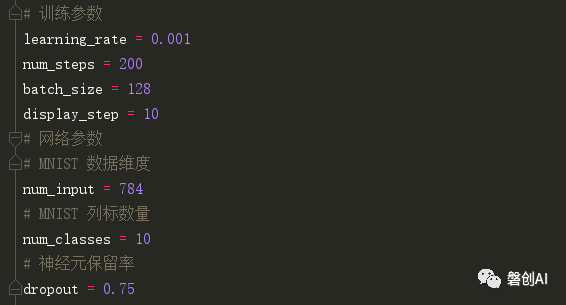TensorFlow 手写数字识别与一步一步实现卷积神经网络(附代码实战)
手写数字识别
接下来将会以 MNIST 数据集为例,使用卷积层和池化层,实现一个卷积神经网络来进行手写数字识别,并输出卷积和池化效果。
数据准备
- MNIST 数据集下载
MNIST 数据集可以从 THE MNIST DATABASE of handwritten digits 的网站直接下载。
网址:http://yann.lecun.com/exdb/mnist/
train-images-idx3-ubyte.gz: 训练集图片
train-labels-idx1-ubyte.gz: 训练集列标
t10k-images-idx3-ubyte.gz: 测试集图片
t10k-labels-idx1-ubyte.gz: 测试集列标
TensorFlow 有加载 MNIST 数据库相关的模块,可以在程序运行时直接加载。
代码如下:
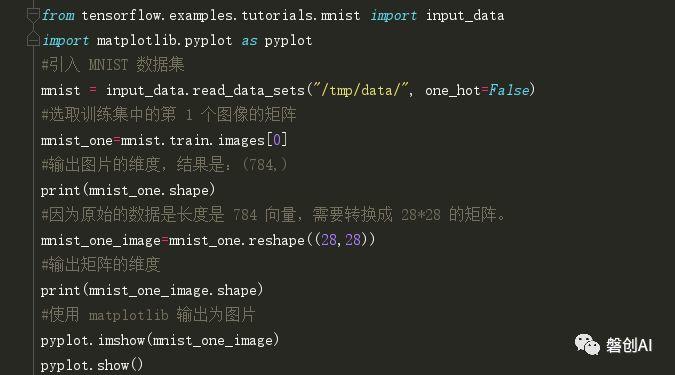
代码的输出依次是:
1.单个手写数字图片的维度:
(784,)
2.转化为二维矩阵之后的打印结果:
(28, 28)
3.使用 matplotlib 输出为图片
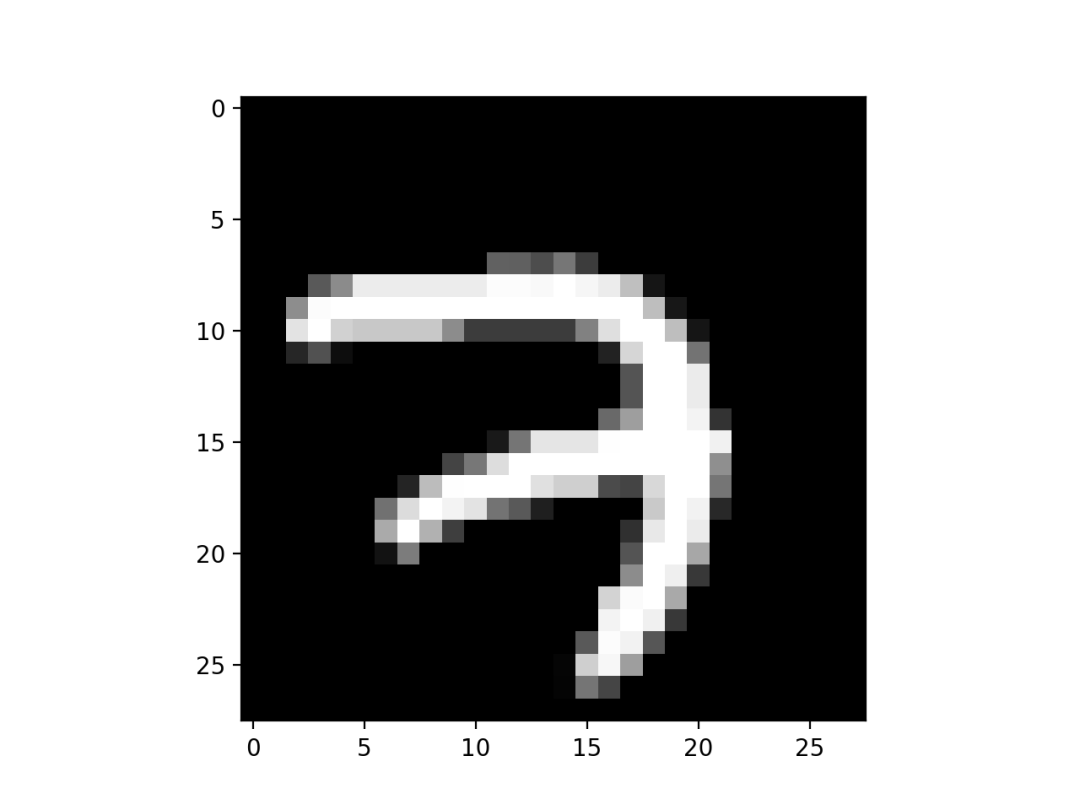
模型实现
TensorFlow conv2d 函数介绍:
tf.nn.conv2d(x, W, strides, padding=’SAME’)
针对输入的 4 维数据 x 计算 2 维卷积。
参数 x:
4 维张量,每一个维度分别是 batch,in_height,in_height,in_channels。
[batch, in_height, in_width, in_channels]
灰度图像只有 2 维来表示每一个像素的值,彩色图像每一个像素点有 3 通道的 RGB 值,所以一个彩色图片转化成张量后是 3 维的,分别是长度,宽度,颜色通道数。又因为每一次训练都是训练都是输入很多张图片,所以,多个 3 维张量组合在一起变成了 4 维张量。
参数 w:
过滤器,因为是二维卷积,所以它的维度是:
[filter_height, filter_width, in_channels, out_channels]
与参数 x 对应,前 3 个参数分别是对应 x 的 filter_height, filter_width, in_channels,最后一个参数是过滤器的输出通道数量。
参数 strides:
1 维长度为 4 的张量,对应参数 x 的 4 个维度上的步长。
参数 padding:
边缘填充方式,主要是 “SAME”, “VALID”,一般使用 “SAME”。
卷积层简单封装

TensorFlow max_pool 函数介绍:
tf.nn.max_pool(x, ksize, strides ,padding)
参数 x:
和 conv2d 的参数 x 相同,是一个 4 维张量,每一个维度分别代表 batch,in_height,in_height,in_channels。
参数 ksize:
池化核的大小,是一个 1 维长度为 4 的张量,对应参数 x 的 4 个维度上的池化大小。
参数 strides:
1 维长度为 4 的张量,对应参数 x 的 4 个维度上的步长。
参数 padding:
边缘填充方式,主要是 “SAME”, “VALID”,一般使用 “SAME”。
接下来将会使用 TensorFlow 实现以下结构的卷积神经网络:
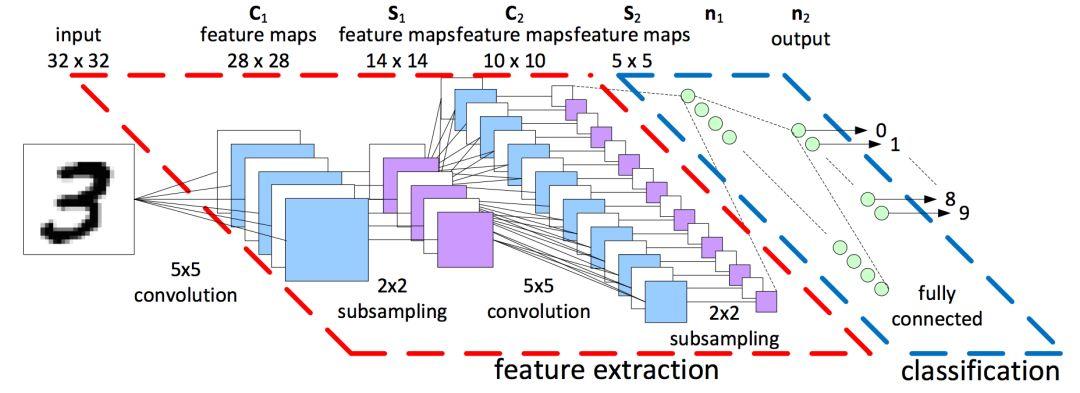
池化层简单封装

超参数定义:卷积神经网络函数
|
|
卷积神经网络定义:
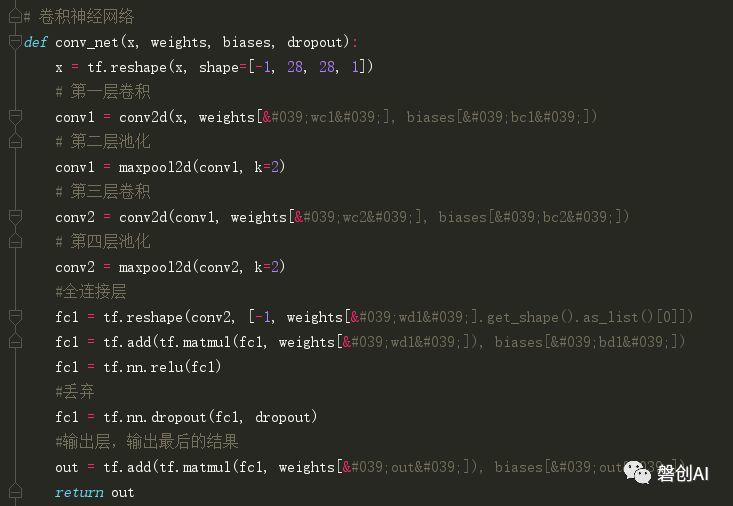
效果评估

训练过程输出
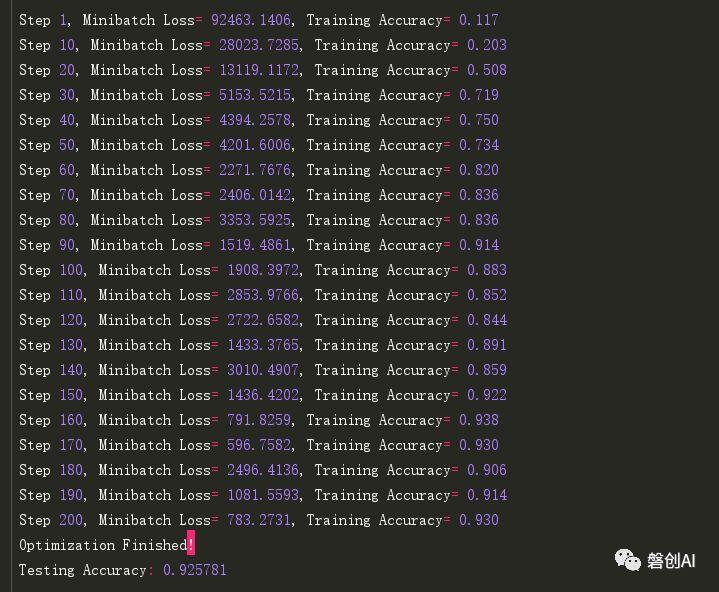
模型优化
经典卷积神经网络
图像分类实战项目
The CIFAR-10 dataset
https://www.cs.toronto.edu/~kriz/cifar.html
目标检测实战项目
Tensorflow Object Detection API
https://github.com/tensorflow/models/tree/master/research/object_detection
主要参考对象:
1.TensorFlow 官方介绍
Image Recognition
https://tensorflow.google.cn/tutorials/image_recognition
https://www.tensorflow.org/tutorials/deep_cnn
2.最经典论文
ImageNet Classification with Deep Convolutional Neural Networks
http://papers.nips.cc/paper/4824-imagenet-classification-with-deep-convolutional-neural-networks
3.最经典课程
Convolutional Neural Networks
http://cs231n.github.io/convolutional-networks/Deep learning
http://neuralnetworksanddeeplearning.com/chap6.html
3.Wikipedia
Convolutional neural network
https://en.wikipedia.org/wiki/Convolutional_neural_network
4.Good tutorial
Comparison of Normal Neural network
https://leonardoaraujosantos.gitbooks.io/artificial-inteligence/content/convolutional_neural_networks.html
Convolutional Neural Networks (LeNet)
http://deeplearning.net/tutorial/lenet.html#sparse-connectivity
Convolutional neural networks from scratch
http://gluon.mxnet.io/chapter04_convolutional-neural-networks/cnn-scratch.html
卷积神经网络
http://prors.readthedocs.io/zh_CN/latest/2ndPart/Chapter8.SceneClassification/ConvNet.html
ImageNet Classification with Deep Convolutional
Neural Networks
https://papers.nips.cc/paper/4824-imagenet-classification-with-deep-convolutional-neural-networks.pdf
原创文章,作者:fendouai,如若转载,请注明出处:https://panchuang.net/2018/03/30/aefbdefa94/

